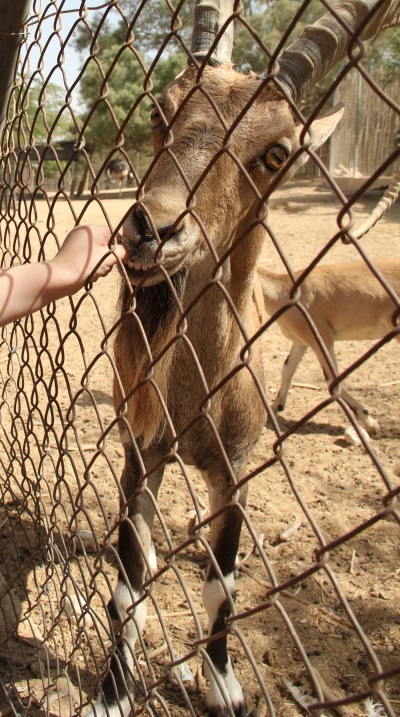I'm using a Canon T2i and I was sitting in the audience taking some photos for my friends. (I'm not the wedding photographer).
I took this shot with the 50mm f/1.8 at 1.8 and at 100 ISO. No flash, Spot metered on the brides face.
I take all of my photos 2/3 steps underexposed, so after putting this in Lightroom, I noticed a lot of grain. Is this grain normal for the T2i and will a better sensor yield better results?
Before Editing:

After Editing:

Full Image http://i.imgur.com/RXrqsPd.jpg
Is this normal for a T2i. I know I'm extremely zoomed in and everything will have grain in it no matter the camera, but will this be better on a better camera? or will the sensor pick up and fake the same amount of grain?
Here's another full sized pic that you can very noticeably see the grain in the image. https://i.sstatic.net/TOJPU.jpg This picture was taken on a 30 second exposure. I turned up the vibrance a bit and even upped the luminosity to get rid of some of the grain, but even not zoomed in, you can see it.
I just always notice real photographer's pictures seem to turn out much more clear. Any tips?





